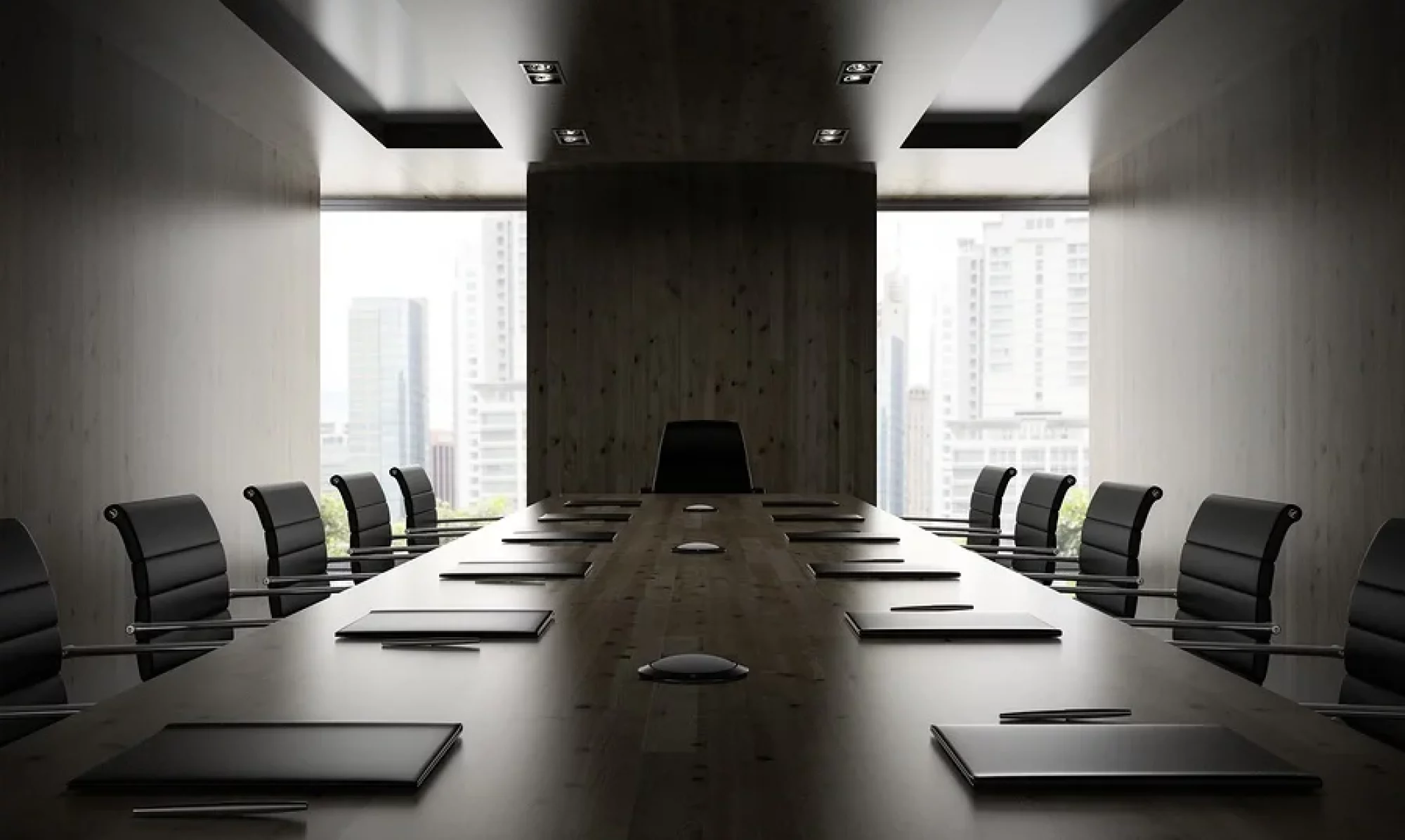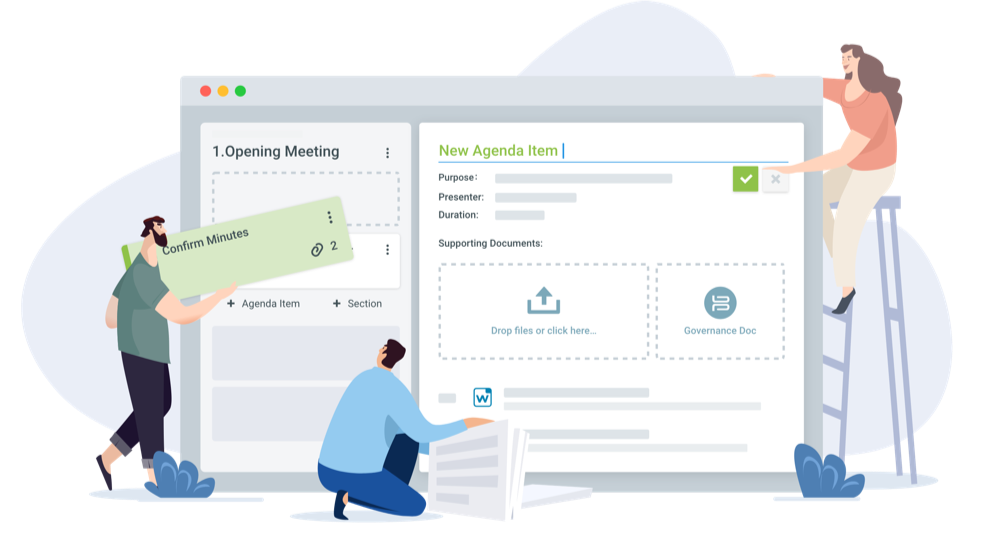To make the right decision, the board of directors needs to have information on the issues on the agenda. This article is a guide on how to create a productive agenda for a board meeting.
What is an agenda?
The board meeting implies a discussion on the exchange of ideas, opinions, between the management. The priority goal of the meeting is to increase the efficiency of the work process for the entire company as a whole, and an individual employee in particular. The stages of the meeting will include all the main nuances of the meeting, such as the correct choice of the topic, the formation of the schedule, coverage of the problem field, the correct informing of colleagues, etc. To make the board meeting more productive and well-organized, an agenda should be formed.
An agenda helps you steer your meeting in the right direction so that everyone understands each topic on the list and knows when to bring their thoughts or ideas to the table. The most important thing is that you know what type of meeting it is, who needs to attend, and what topics of discussion may arise during the time together.
The agenda items are listed based on their priority so that it is clear in which order they should be processed. In addition, the duration of the topic and who is responsible should also be included. If additional information is required, appropriate references or attachments should be included in the agenda.
Data room software is an additional advantage for organized and secure online business processes.
Tips on how to create a good agenda
Nobody likes drawn-out aimless meetings. If you need to write an agenda, then try not to allow such a development of events. The plan of the board meeting should be clear and specific. The questions must be formulated in such a way that it is possible to give an unambiguous answer to the “For”, “Against” or “Abstained”.
So, there are basic tips on how to make an effective board meeting agenda:
- Create a clear plan. In the best-case scenario, the goal of the meeting is visible and understandable for everyone involved in the title. Otherwise, you can list it separately in the header of the agenda. The remaining content depends on the type of your meeting and the results that are to be achieved. For example, a popular strategy is to create an agenda with all the relevant topics. Each topic has its top and can be broken down into sub-items if necessary.
- Set the time and place. When preparing for a meeting, there is almost nothing more important than the date and, most importantly, the location. First, decide on an appointment and make sure that all important participants are available on that day and not on vacation or have other commitments. Once the date has been set, you should find a suitable room as soon as possible before inviting to the meeting.
- Less is more. When planning, one is often tempted to fit as many program items as possible into one appointment. However, an efficient meeting is only possible if you don’t get lost in the details but can concentrate on the most important points. You should therefore try not to include more than 5 items on the agenda in a meeting.
- Use meeting agenda programs. As you prepare for your meeting, it may be worth taking a look at specific programs that can help you create an agenda. Mind mapping tools such as XMind are helpful, for example, with which you can organize your ideas for the event and work out important points.


